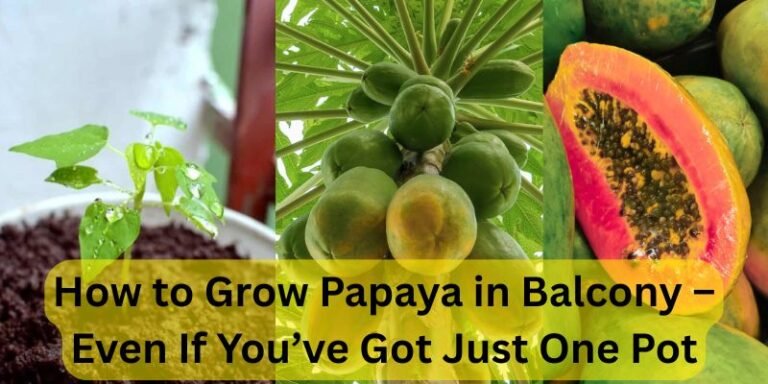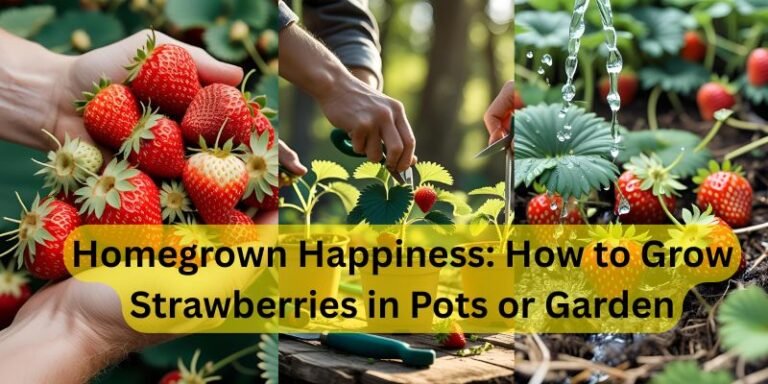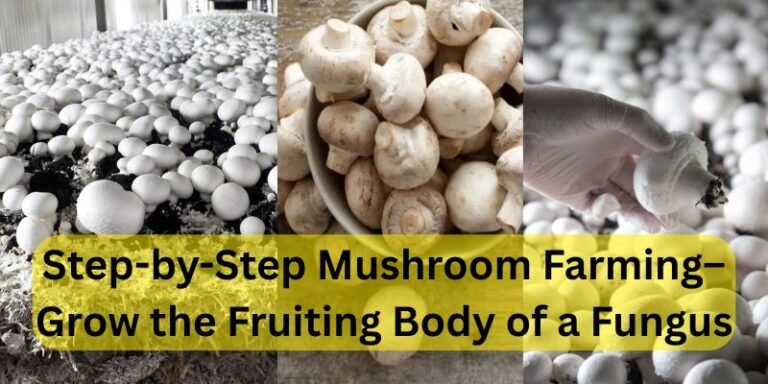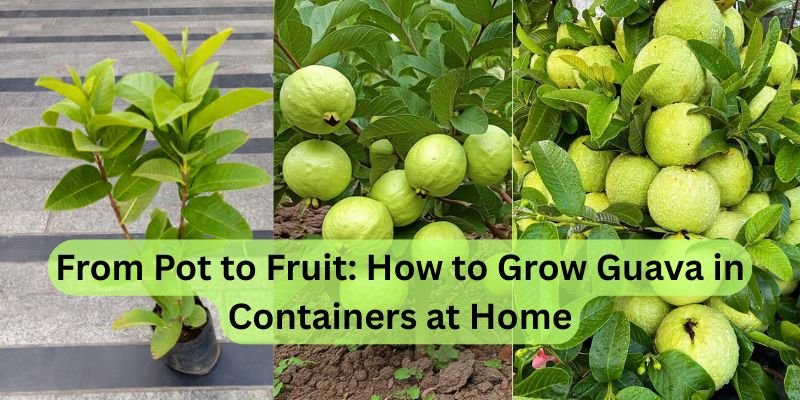
Dr. Faizal khan
How to Grow Guavas in Pots-
Growing Guava at home is a pleasing experience for plants lover and beginners.
Guava is a delicious and nutritious tropical fruit that is easy to grow at home, whether in pots, balconies, backyard,or terrace ,garden with proper care. Rich in vitamin C, fiber, and antioxidants, guava trees are also low-maintenance and can thrive in various climates.
here is a step by step guide for beginners –

1. Choosing the Right Guava Variety-
There are different types of guava varieties, each with unique flavors and growth habits. Some popular types include-
Tropical Pink (Psidium guajava)— Sweet, pink flesh, commonly grown.
Strawberry Guava (Psidium cattleianum)– Small, red fruits with a tangy flavor.
White Guava –-Mild taste, creamy white flesh.
Apple Guava – Crisp texture, slightly tart.
allahabad safeda- (white flesh, sweet)
Lalit – (pink flesh, small size)
Lucknow 49 -(juicy and flavours)
Choose a best variety that suits your climate and taste preferences.
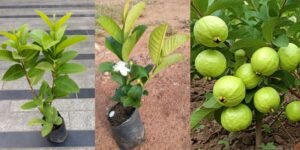
2. Selecting a Planting Method-
Use a large container minimum 16 inches deep and wide.
Guava can be grown from seeds, cuttings, or nursery-bought saplings.
if you have space in your backyard or garden.
.Growing from Seeds-
Extract seeds from a ripe guava fruit and rinse them.
Soak seeds in water for 24 hours to improve germination.
Plant seeds ¼ inch deep in a seed-starting mix.
Keep the soil moist and place in a warm, sunny spot.
Germination takes 2-8 weeks..Growing from Cuttings-
Take a 6-10 inch cutting from a healthy guava tree.
Dip the cut end in rooting hormone.
Plant in well-draining soil and keep moist.
Roots will develop in 4-6 weeks..Buying a Sapling-
For faster fruit production, buy a young guava saplings from a nursery.
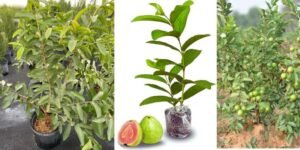
3. Select the Right Location-
Sunlight- Guava needs 6-8 hours of direct sunlight daily.
Soil-Well-draining, loamy soil with a pH of 4.0-7.0.
Space-If planting in the ground, ensure 10-15 feet between trees.
Container Growing-Use a 18-22 gallon pot with drainage holes.
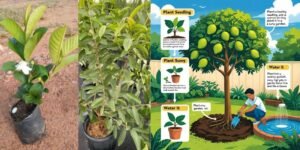
4. Planting the Guava Tree-
Dig a hole in the centre of the pot or ground.
Mix compost or organic matter into the soil.
Place the sapling in the hole and fill with soil.
Water thoroughly after planting.
press the soil gently and water well.
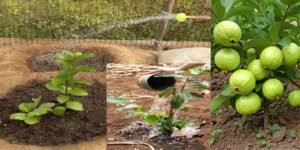
5. Watering & Fertilizing-
Watering–Keep soil moist but not waterlogged (soggy). Water the plant 2-3 times a week in dry weather.
Fertilizing– Use a balanced fertilizer (10×10×10) every 2-3 months. Organic options like compost or manure also work well.
Avoid chemical fertilizers if you want natural fruits.
Add organic compost or cow dung every 30 to 40 days almost.
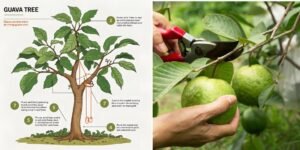
6. Pruning & Maintenance –
Prune dead or diseased branches to encourage growth.
prune dried weak or overcrowded branches after the fruiting the season.
Trim excess growth to maintain shape and improve air circulation.
Mulch around the base to retain moisture and prevent weeds.

7. Pest & Disease Control-
Common guava pests–Fruit flies, aphids, mealybugs.
Diseases-Anthracnose, root rot.
Prevention-Use neem oil or insecticidal soap for pests.
Avoid overwatering to prevent fungal diseases.
10% neem cake or vermi compost.
spray neem oil once a week.
keep the plant clean to prevent from pest attacks.
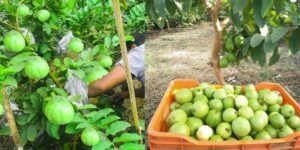
8. Harvesting Guavas-
Guava fruits are prepared to harvest 4 to 8 months after flowering.
Harvest when the fruits turn light green to yellowish and gives a sweet fragrance
Gently pluck the fruit to detach it from the branch.
using yearhand or small pruners.
Disclaimer –
Growing guava at home is a easy and satisfying with patience that provides fresh, organic fruit. With proper care—adequate sunlight, watering, and occasional pruning—your guava tree will thrive and produce delicious fruits for years to come. you can enjoy home grown sweet guava from your own balconies or backyard.
if you are a beginner This article help you too much.


